- News
- Events
- The Heart of the City That Once Was
- Oneg Shabbat
- Collections
- Research
- Exhibitions
- Education
- Publishing Department
- Genealogy
- About the Institute
- Bookstore

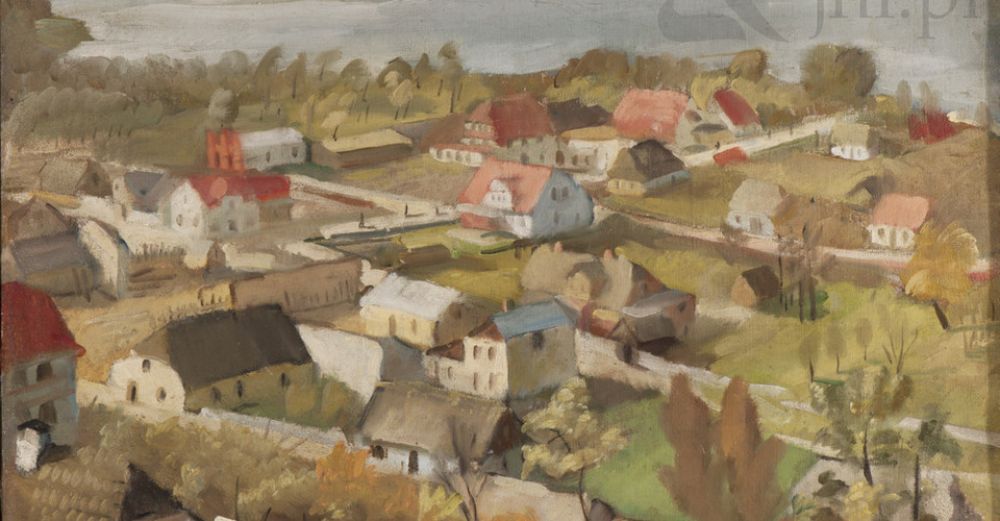
Their lives were the sources of many anecdotes, due mostly to their innate sense of humor and the creative ways in which they took advantage of their identical faces.
Their mother would mark them until they were ten years old for the purpose of differentiation. At school they were viewed as squaring the circle. Recently one of them took both of their photographs to the starosta (local administrator). The passport official took one look at the photos and grew furious. He took the clerk who accepted the images to task. He ordered the brothers to appear before him. He was eagerly awaiting the dressing down he would give them when the twins showed up voluntarily. They came and they conquered. The official apologized, prostrated himself, admired and, as legend says, gave them their travel documents on the very same day. [1]
The young Seidenbeutels received their first painting lessons from their older brother Józef. They began studying art in 1921 at the City School of Decorative Art and Painting under Miłosz Kotarbiński. The twins continued their education at the Warsaw School of Fine Arts in the workshops of Władysław Skoczylas and Tadeusz Pruszkowski. [2] The first exhibition of their work was held as early as 1921.
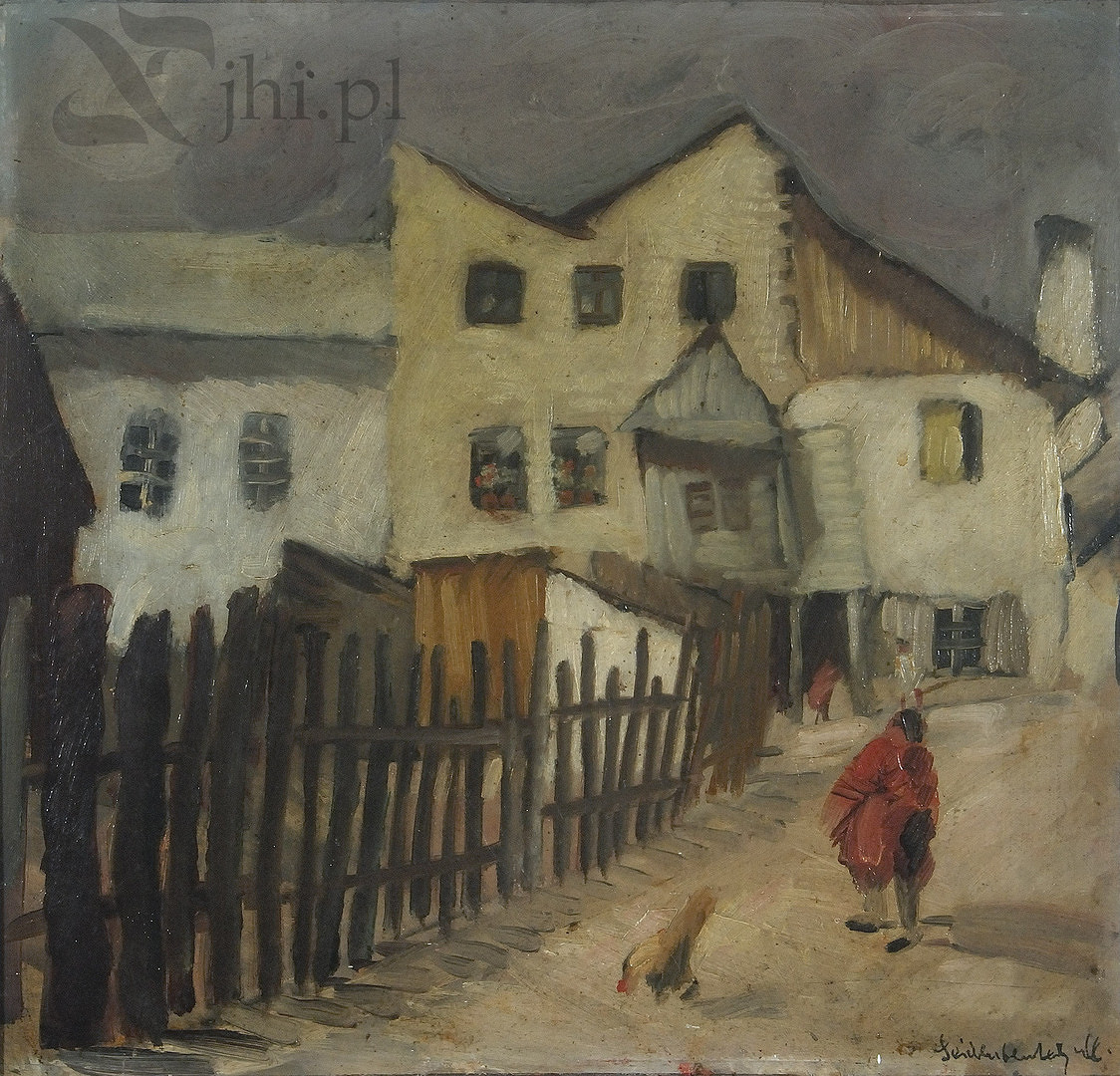
In 1932 the brothers went on a six-month-long journey around France, Italy, Germany and Belgium. They spent part of the German occupation in Lviv and then in the Białystok Ghetto from which they were transported to German death camps-first Stutthofu, then Flossenbürg. They were both murdered days before the end of the war. In 1948 their paintings were part of “The Exhibition of Jewish Artists, Victims of the German Occupation 1939–1945” at the Jewish Historical Institute. Only over forty years later, between 1993 and 1994, did the Warsaw “Kordegarda” gallery hold a monographic exhibition of their work.
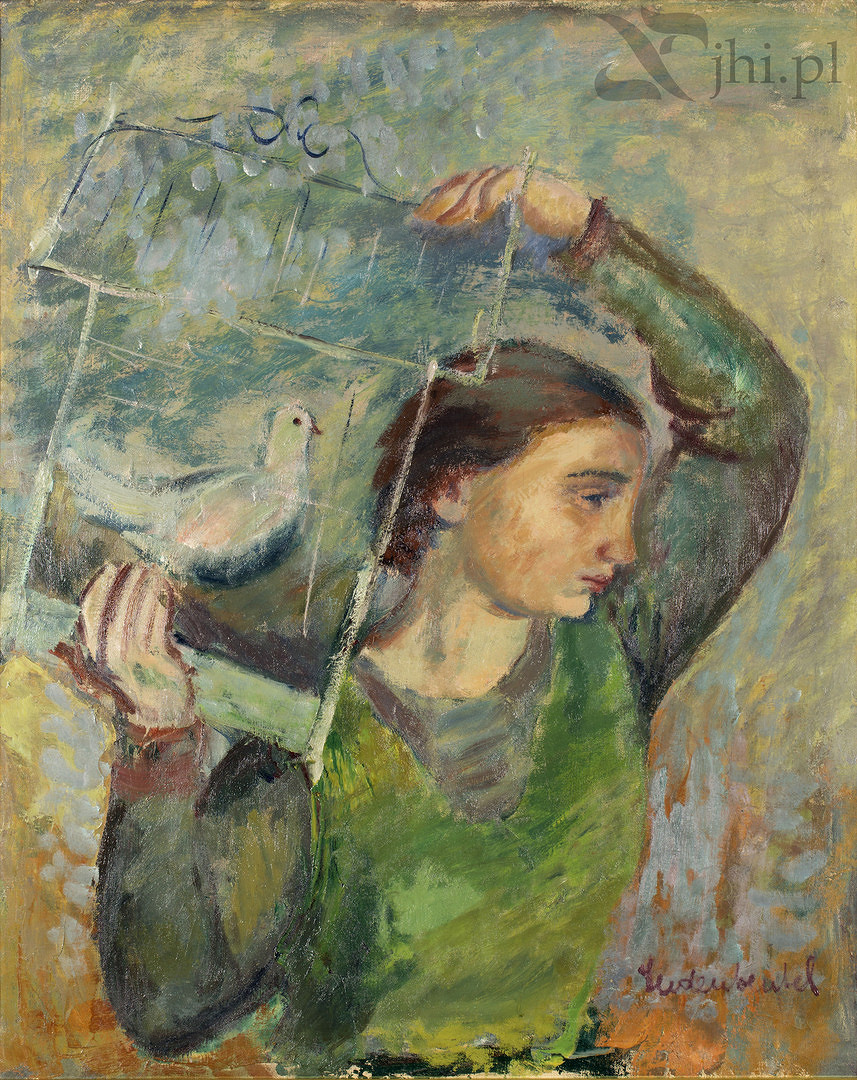
In 1932 the brothers went on a six-month-long journey around France, Italy, Germany and Belgium. They spent part of the German occupation in Lviv and then in the Białystok Ghetto from which they were transported to German death camps-first Stutthofu, then Flossenbürg. They were both murdered days before the end of the war. In 1948 their paintings were part of “The Exhibition of Jewish Artists, Victims of the German Occupation 1939–1945” at the Jewish Historical Institute. Only over forty years later, between 1993 and 1994, did the Warsaw “Kordegarda” gallery hold a monographic exhibition of their work.
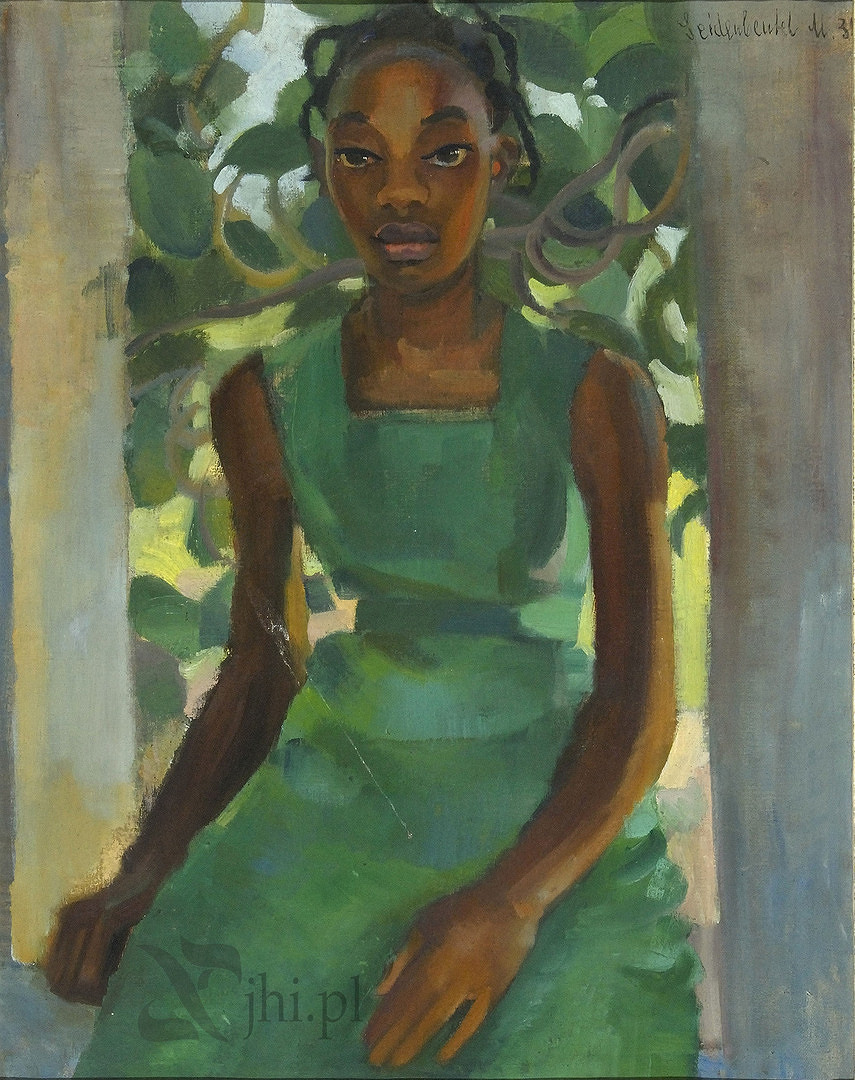
The Seidenbeutels’ artistic approach was heavily influenced by the “moderate realism” concept popularized by Tadeusz Pruszkowski. The key idea of the professor’s teaching program was creating a Polish school of painting based on historical stylizations inspired by Italian paintings from the early Renaissance and Baroque periods as well as Dutch and Spanish art. Pruszkowski put heavy emphasis on painting as a skilled craft. He based the mimetic recreation of forms on very precise drawings and subtle plasticity. The Seidenbeutels stood out among the professor’s students due to their sensitivity to color. [3] However, with time the brothers began to move away from older art as the source of their inspiration. Their canvases would more and more often be filled with realistic landscapes, still life and themes taken from everyday life. Their artistic process became freer which can be seen even in the way they applied paint — wide brushstrokes that did not adhere as strictly to the drawing whose importance was superseded by the importance of color.
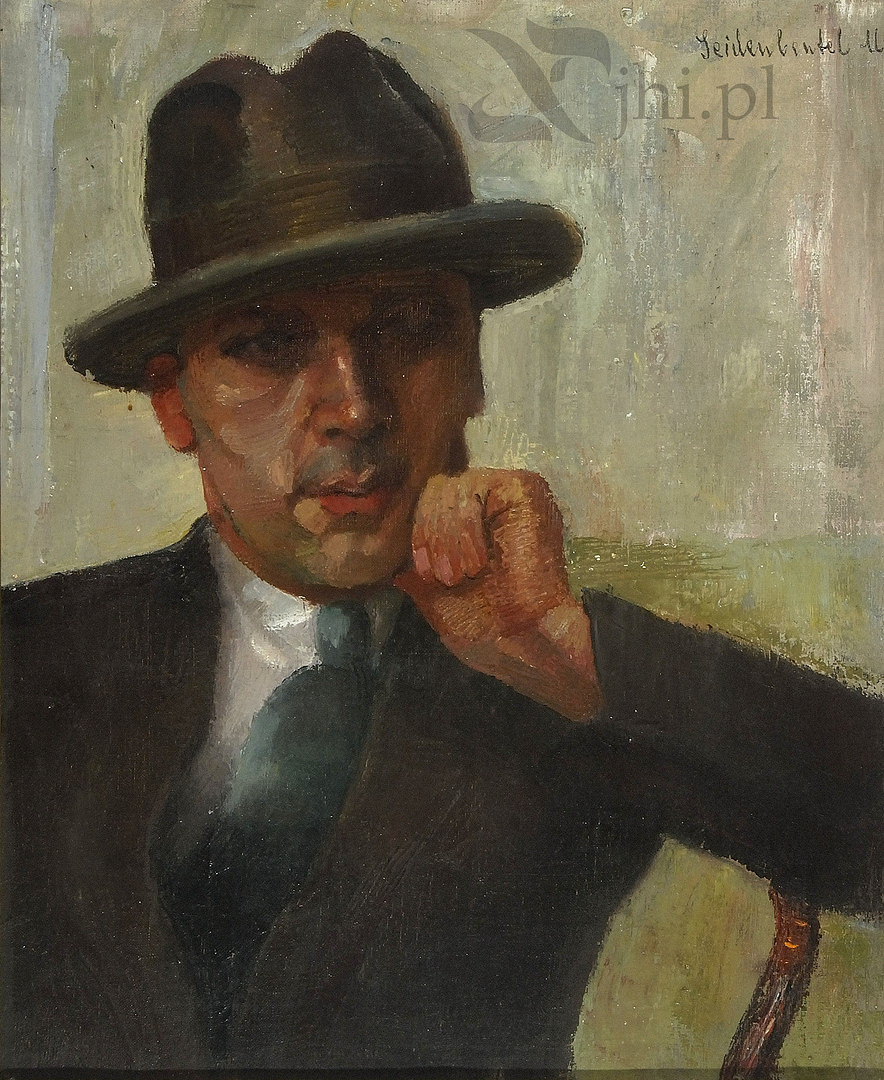
The later it is in the evening the more I see him. He moves from place to place like lightning. Finally at midnight I see that he is two people. I managed to introduce myself. They are […] painters. Twin brothers, a brotherly team. Their resemblance is uncanny. They paint together. One has a better feel for form, the other for color. [4] Tadeusz Breza noticed the differences in the brothers’ paintings. Today spotting it seems impossible.
During their studies and in the early 30’s the Seidenbeutels created and exhibited their works separately, however their styles were only slightly different; from 1933 onward they exhibited their art as the result of collaborative work, signed only with their surname. They painted together, literally.
This is how Monika Żeromska remembers their work:
They approached and left the easel in turns which was very tiring to the model, seeing this four legged painter out of the corner of your eye. Or one of them would come, paint for a while then suddenly put down the paintbrush and say: ‘My brother will come for the nose’ and leave. [5]
Sources: